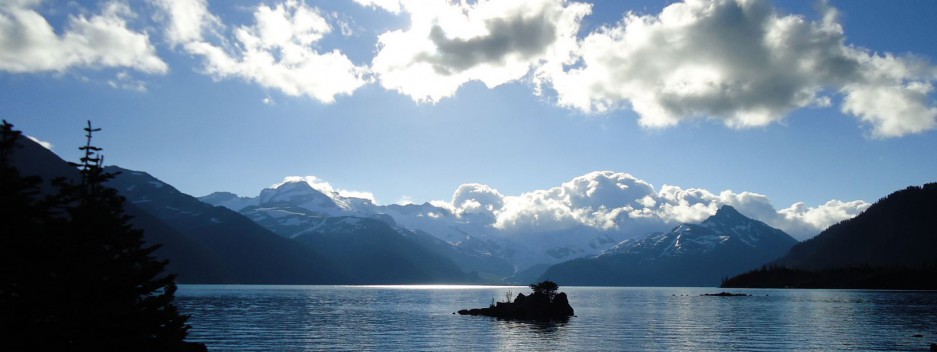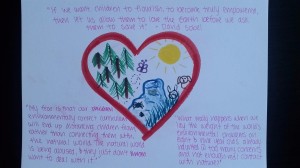It seems that knowledge doesn’t necessarily equate to attitude and behaviour change.
During the past month, my AL group and I focussed our project on waste management. We were aware of the harm and effects of all the waste that were being produced daily by everyone on this earth and we wanted to make a change to reduce our waste. Before this project, I was pretty active in taking action to recycle but as the project progressed, I realized that there was so much more to learn about waste reduction and other ways to reuse or reduce the production of garbage that goes into the landfills.
Pollution of waste is just one of many ecological issues that surround us. During the class presentations we were made aware of other ecological issues like the harmful effects of triclosan and phosphate, decline of bees, soil erosion, consumerism, and the effects of our ecological footprint. These are major problems that we have to face and even with the knowledge of these ecological issues that are taught to us in schools or by the media, some of us might find it overwhelming to take action to help in reducing or preventing these issues. David Sobel states in an article, “My fear is that our environmentally correct curriculum will end up distancing children from, rather than connecting them with, the natural world. The natural world is being abused, and they just don’t want to deal with it.” Some people might find that even though they know the consequences of these issues and the harm it does on the environment, they might not feel like they have to or want to do anything about it because they don’t have a sense of connection to the natural world for them to care for it.
It is not enough for us to know or to teach our students about the ecological issues that are present in this world, but we need to make a connection with the world and care about it first. This ties in with my first few posts about developing a relationship with our environment and becoming eco-literate. We need to teach ourselves and our students to create a bond with nature, experience and understand what the environment is. Sobel sums the idea up nicely with this statement, “If we want children to flourish, to become truly empowered, then let us allow them to love the Earth before we ask them to save it.”
Sobel, D. (1998). Beyond Ecophobia. Retrieved November 14, 2015, from http://www.yesmagazine.org/issues/education-for-life/803


Hi Paddra!
Your post reminds me of a guest speaker we had at the Little Green Thumbs workshop a couple of years ago. She has a website at http://www.greenhearted.org. What I remember most was her talking about hope and focusing on bonding with nature. She has a curriculum model for her school program which progresses from “nature connecting” in the primary grades, “ecological principles” in the middle years, “environmental solutions” at upper elementary/early high school, and “sustainable development” in the upper high school years. I think she makes a good point that is really similar to David Sobel’s. Loving nature, and in a personal, complex way, is a pathway towards meaningful action later. I teach grade one so I try to keep this in mind. When we do have those conversations, like when we talk about how far our food travels to get to us, or conserving water, it can be a bit of a touchy balance to stay on the side of hope, especially with those young ones. Still, a bit of awareness I think creates appreciation for what we have and how we live. When I’m not sure what to do I straight up take them to the park. Park days and playing in the trees…surely that can never be the wrong thing to do!
Morgan Herbison
LikeLike